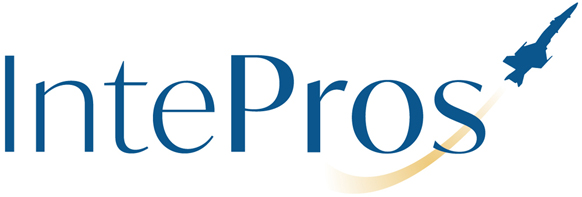Budget constraints and burnout: How managers are coping
There’s no doubt about it. Workers are experiencing burnout. According to SHRM’s Employee Mental Health in 2024 Research Series, 44 percent of over 1,400 survey respondents report feeling burned out at work. Furthermore, 45 percent of respondents feel emotionally drained and 51 percent of respondents feel used up at the end of the workday.
At the same time, there’s no denying that we’re operating in a time of staff reductions. At the end of Q3 2024, TechCrunch reported that the tech industry had cut over 60,000 jobs across 254 companies. These staffing reductions follow significant layoffs in 2022 and 2023. While IT and tech company layoffs get a lot of attention, people across industries are feeling the effects of budget-related staff reduction. The U.S Bureau of Labor Statistics tracks layoff and discharge levels and rates, and their data indicates staffing reductions across all industries and regions.
The link between reduced employee headcount and burnout is clear. Let’s look into the budget-burnout connection and how organizations and managers can support their employees.

The budget-burnout connection
When budget cuts hit, burnout tends to follow. One of the clearest contributors is headcount reduction—there simply aren’t enough people to manage the workload. Renee Johnstone, National Strategic Account Executive explains, “This puts extra pressure on employees and managers alike, who are forced to pick up the slack.”
Renee continues, “Additionally, reduced budgets mean that businesses have less money to spend on tools and technology that automates and simplifies tasks. Without the proper tools or automation due to lack of funding, employees find themselves doing more manual tasks, leading to longer hours and less downtime.”
The constant pressure and uncertainty, paired with the fear of layoffs, can wear down morale. HR departments hear it from all sides—individual contributors, managers, and directors are all stretched thin, with complaints about feeling overwhelmed and unappreciated. Mid-level managers often shoulder the brunt of this, stuck between meeting upper management’s demands and protecting their team from burnout. It’s a stressful cycle where the load keeps increasing, and without enough relief, employees eventually opt to leave on their own, further compounding the issue.
Burnout risks
A burnt out staff can lead to even more challenges for managers and directors. First and foremost, burnout leads to increased employee turnover. Employee turnover isn’t good for team morale or equitable distribution of work at the best of times. When organizations are cutting staffing costs, they’re less likely to approve the budget to backfill the position. As a result, the remaining employees need to absorb even more work and responsibilities.
Beyond turnover, employees experiencing burnout are also more likely to get sick, either calling out or working through it with reduced productivity and the risk of spreading illness to their colleagues. Burnout employees are also more likely to develop resentment, which can contribute to a negative work environment. Given the slow job market, some employees may be holding on to their jobs with plans to leave as soon as the market opens up.
Battling burnout
Even with reduced budgets, managers and directors can take steps to support their employees – and themselves – to reduce the effects of burnout and foster goodwill.
“Managers and HR leaders are doing what they can to manage burnout with limited resources,” says Renee. “The key lies in communication and support. Oftentimes, simple gestures like encouraging employees to step away for breaks and taking time to rest & reset can create a sense of positivity and flexibility. Employees feel like their managers understand what’s going on and have reasonable expectations.”
Furthermore, making it clear that employees can take time to attend to personal needs can make a huge difference. Flexibility in working hours, an open-door policy, and genuine acknowledgment of the tough times go a long way in keeping teams connected. Leading by example, such as sharing your own struggles or rolling up your sleeves to help, fosters a culture of trust and vulnerability. It’s about creating an environment where employees feel safe to ask for help before the workload becomes too much.
“Managers should walk the walk, and demonstrate that it’s okay to take time for themselves. I’ve talked to many people who have managers who seem to live at work and never take breaks or days off. As a result, the individual contributors feel like they can’t take breaks either” Renee adds.
In addition to efforts made by managers, HR plays a crucial role in highlighting resources—whether it’s access to mental health support, wellness programs, or fitness incentives. Reminding everyone that they aren’t machines, but humans with lives outside of work, keeps wellness top of mind across the organization.
How the right staffing agency can help
Staffing agencies can be a valuable partner in relieving the pressure on both HR and managers. With the right agency, HR leaders and managers can explore flexible hiring solutions that don’t blow the budget. Whether it’s bringing in consultants for specific projects or tapping into alternative budget buckets, the right talent provider can identify options that bypass the constraints of employee headcount approval.
In times of tight budgets, having extra hands—even on a temporary basis—helps managers divide the workload and prevent burnout. Beyond just filling vacancies, the right agency can also act as a consultative partner, offering advice on retention strategies and fostering a positive work environment during challenging times.
By embracing these solutions, managers can create breathing room for their teams and reduce the stress that comes from doing too much with too little. With a focus on collaboration and support, the goal remains the same: take care of your people so they can take care of your business.

